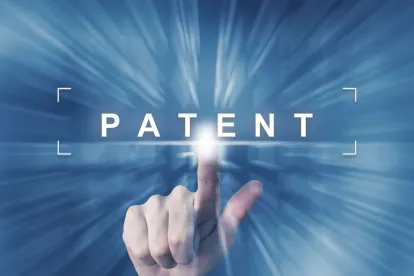Determining who qualifies as an inventor on a patent application requires careful attention to the facts surrounding each person’s contribution to conception of the invention, as embodied in the patent claims. In one recent case out of Massachusetts, the court evaluated a complex set of circumstances to resolve an inventorship dispute involving a collaboration between scientists on use of stem cells to treat autoimmune diseases.
The parties to the case are biotechnology companies that focus on stem cell research and development of corresponding therapies and treatments for various diseases involving stem cells. Dr. Wang, a research scientist at Defendant ImStem, specialized in research on genetic mechanisms of multiple sclerosis including the experimental autoimmune encephalopathy (“EAE”) mouse model. Dr. Wang contacted two researchers at Plaintiff SCRMI, Drs. Kimbrel and Lanza, to discuss a collaboration involving mesenchymal stem cells (“MSCs”) derived from hemangioblast cells, and the use of the EAE mouse model to test the effectiveness of MSCs to treat autoimmune diseases. In 2010, the scientists agreed to work together to conduct experiments involving hemangioblast-derived MSCs on the EAE mouse model, and published their work in a scientific journal in 2014.
However, in late 2011, SCRMI filed a provisional patent application that incorporated data from the above-referenced collaboration. The application only listed Drs. Kimbrel and Lanza as co-inventors—and did not list Dr. Wang. This application later issued as U.S. Pat. No. 8,961,956. In 2017, ImStem received its own patent (U.S. Pat. No. 9,745,551) on subject matter relating to the collaboration; the ’551 patent named Dr. Wang as a co-inventor but did not include Drs. Kimbrel and Lanza.
Plaintiffs subsequently filed suit against Defendants, seeking a correction of inventorship on the ’551 patent. In their Answer, Defendants asserted a counterclaim for correction of inventorship on the ’956 patent, asserting that Dr. Wang contributed the idea of using hemangioblast-derived MSCs in the treatment of multiple sclerosis and other autoimmune disorders—a concept allegedly embodied in claims 3 and 4 of the ’956 patent.
Plaintiffs then filed a motion to dismiss the Defendants’ counterclaim, arguing (i) that Dr. Wang did not contribute anything to the ’956 patent beyond knowledge contained in the prior art (pointing to ten clinical studies cited in the patent); and (ii) Dr. Wang’s alleged contributions to the patent were too insignificant to qualify him as a joint inventor, in part because the method claimed in the patent recites treatment of over 60 diseases with only one of those being multiple sclerosis.
In deciding the motion to dismiss, Judge Burroughs analyzed the two arguments set forth by Plaintiffs and found them lacking. With respect to the assertion that Dr. Wang did not contribute anything but prior art, the court found that none of the ten studies cited by Plaintiffs describes using hemangioblast-derived MSCs in the treatment of multiple sclerosis or other autoimmune disorders—the very concept that Dr. Wang claims to have contributed to the ’956 patent. In addition, the PTO Examiner acknowledged that the methods of using hemangioblast-dervied MSCs to treat diseases was not in the prior art. As a result, Judge Burroughs concluded that Plaintiffs did not establish sufficient facts to show that Dr. Wang’s contribution was in the prior art.
With respect to the assertion that Dr. Wang’s contributions were too insignificant, the court pointed to Plaintiffs’ inability to cite any relevant authority for its position that significance of a contribution is measurable by the number of claim subparts that encompass an idea. Instead, the court confirmed that there is no bright-line test for determining inventorship, and that a contribution to one claim is enough. Therefore, Judge Burroughs determined that Plaintiffs failed to provide enough evidence for the court to “fairly measure the significance of Dr. Wang’s alleged contributions against the full ’956 patent.”
Based on the above determinations, the court found that Defendants alleged enough facts to state a plausible claim for relief, and denied Plaintiffs’ motion to dismiss.
The case is Astellas Institute for Regenerative Medicine v. ImStem Biotechnology, Inc., Civil Action No. 17-cv-12239-ADB (September 28, 2018), before Hon. Allison D. Burroughs. A copy of the court’s order can be found here.



 />i
/>i

